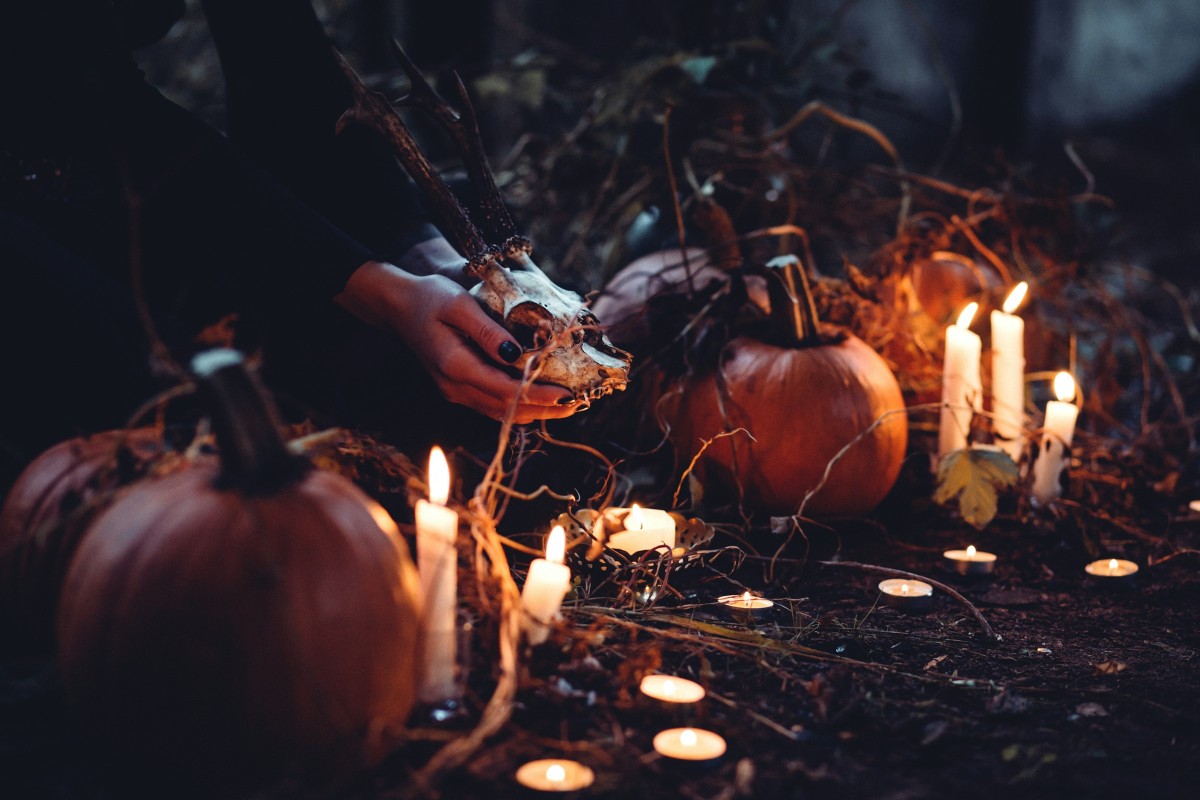
Halloween in Spain has become increasingly popular over the years, evolving from a largely imported holiday into a celebration with its own unique Spanish twist. From traditional Celtic-inspired rituals to modern urban festivities, Halloween in Spain now combines history, culture, and fun. Here's everything you need to know about celebrating Halloween in Spain, including facts and local traditions.
The cultural impact of Halloween in Spain
Celebrated on 31st October, Halloween in Spain goes beyond costumes and sweets. It is a cultural event that reflects the country’s rich regional diversity.
- Galicia: Influenced by Celtic traditions, Halloween here is called Noite dos Calacús (Night of the Pumpkins), a night filled with ghost stories, pumpkin carvings, and ancestral rituals.
- Alicante & Barcelona: These urban areas celebrate Halloween with modern flair, including parades, costume parties, and spooky city tours.
Halloween in Spain is a perfect blend of ancient customs and modern festivities, offering a glimpse into both historical heritage and contemporary cultural trends.
Want to experience Halloween in Spain in 2025? Visit some of Spain's most famous haunted houses for a spooky surprise this autumn.
Halloween in Spain traditions
Explore how different areas in Spain celebrate Halloween, each adding its unique flavour to the festivities. Learn in more detail about Galicia's "Noite dos Calacús" and the modern celebrations in cities like Alicante and Barcelona.

Galicia: Noite dos Calacús
Galicia’s Celtic roots make Halloween a mystical experience. During Noite dos Calacús, locals carve pumpkins, share ghost stories, and perform rituals to ward off evil spirits. The celebrations are not only spooky—they also honour ancestors, making it a meaningful cultural event.
Alicante & Barcelona: Urban Spookiness
In contrast, cities like Alicante and Barcelona offer modern urban Halloween experiences. Streets come alive with parades, costume parties, and immersive haunted tours. Barcelona, for example, offers guided tours exploring the city’s dark legends, blending entertainment with history.
Halloween Food in Spain
Halloween in Spain is also about traditional autumn flavours. Some of the most popular seasonal treats include:
- Huesos de Santo: Marzipan sweets shaped like bones, traditionally eaten to honour the dead.
- Castanyada: Roasted chestnuts often served with sweet wine, a beloved autumn tradition in Catalonia.
- Bunuelos de Viento: Light, fluffy pastries enjoyed across the country during festive celebrations.
These culinary customs strengthen family bonds and connect modern celebrations with centuries-old traditions.
Spiritual observances: All Saints' Day and Day of the Dead

Beyond pumpkins and typical spooky traditions, Halloween in Spain is closely linked to All Saints’ Day (1 November) and, increasingly, the Day of the Dead (2 November). Families visit cemeteries, decorating graves with flowers and candles to honour deceased loved ones. In some areas, altars (ofrendas) are created, combining Spanish and Latin American traditions.
These observances make Halloween in Spain not just fun and spooky, but also a deeply reflective and meaningful time.
Modern adaptations and children's participation
While traditional rituals remain strong, modern practices like trick-or-treating, school events, and costume parties are now common in urban areas.
- Schools and community centres host Halloween events that blend Spanish customs with international traditions.
- Local celebrations like La Castanyada involve children and adults enjoying roasted chestnuts, sweet potatoes, and marzipan treats.
This combination of old and new ensures that Halloween remains relevant for younger generations while preserving cultural heritage.
How Halloween in Spain differs from the United States
Halloween in Spain has a unique balance of tradition and modernity:
- In the US, the focus is on commercialised parties, trick-or-treating, and elaborate costumes.
- In Spain, the holiday coincides with Día de Todos los Santos (All Saints’ Day), giving it a more reflective and family-focused aspect.
- Trick-or-treating and costume parties are growing in popularity, especially in cities, but the celebrations remain less commercialised than in the US.

Fun facts about Halloween in Spain
- Halloween parties, ghost tours, and themed events now attract tourists and locals alike.
- Traditional sweets like huesos de santo and buñuelos de viento remain central to celebrations.
- Urban and rural areas celebrate differently, offering something for everyone—from haunted adventures to cultural rituals.
Whether you want a spooky adventure or a taste of Spain’s rich traditions, Halloween in Spain 2025 promises an unforgettable experience.
